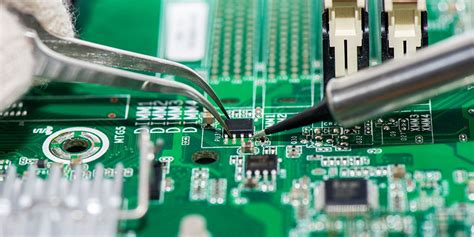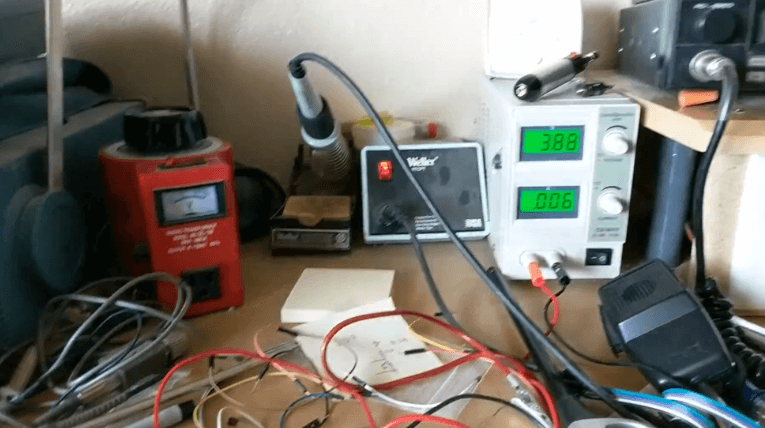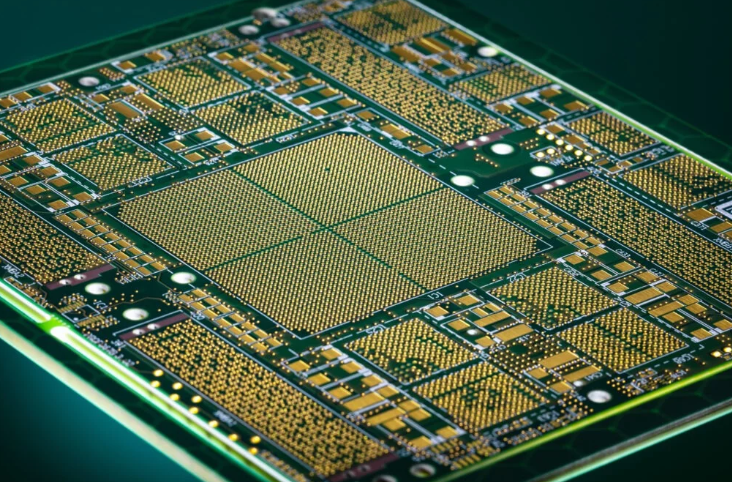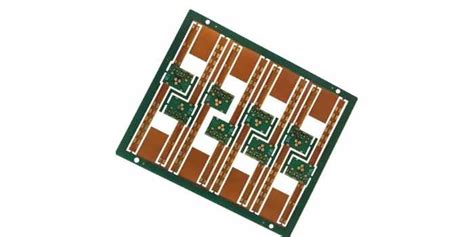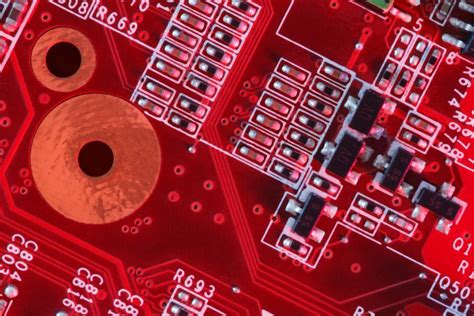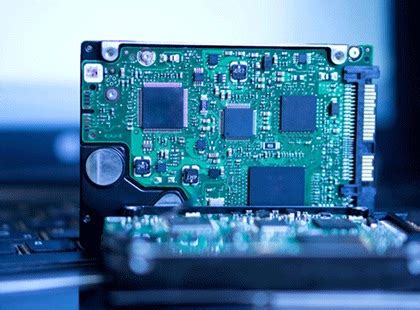Streamlining Success: The Future of Circuit Board Assembly Services
Key Takeaways
The landscape of circuit board assembly services (PCBA) has witnessed significant transformation over the years, marked by both historical developments and the introduction of cutting-edge innovations. Understanding this evolution is crucial as it provides context for today’s practices and technologies. In the realm of pcb assembly, companies have increasingly adopted advanced technologies, such as automated assembly lines and robotics, which streamline production processes and reduce labor costs. Additionally, the incorporation of smart manufacturing practices allows for real-time monitoring and adjustments within the assembly process, significantly enhancing efficiency. Meeting industry standards through rigorous compliance measures ensures that products not only meet client expectations but also adhere to safety regulations. As competition intensifies, businesses must implement strategic approaches to maintain their market position. This includes investing in research and development to stay ahead of technological trends. Looking ahead, the future of circuit board assembly services appears promising, with trends that usher in greater flexibility and adaptability for manufacturers aiming to thrive in an ever-evolving electronics industry landscape.
The Evolution of Circuit Board Assembly Services: A Historical Perspective
The journey of pcb assembly services has been marked by remarkable transformations that reflect the dynamic nature of the electronics industry. Initially, circuit boards were assembled by hand, a painstaking and time-consuming process that often led to inconsistencies in quality. As demand for more complex designs surged, the introduction of automated machinery in the 1980s revolutionized the field. PCBA processes began to embrace advanced technologies such as surface mount technology (SMT), allowing for smaller components and higher density placements on circuit boards.
In recent years, the evolution has continued with the integration of software-driven processes that enhance precision and reduce lead times. Modern technologies like robotic automation and artificial intelligence are setting new standards for efficiency and quality control in pcb assembly. For instance, robotic arms are now capable of placing components with nanometer accuracy, significantly minimizing human error and production waste.
A noteworthy element in this historical trajectory is the shift towards lean manufacturing principles. Companies are now focusing on streamlining processes to eliminate waste while maximizing value—essential in meeting the competitive demands within the electronics market. The table below illustrates some key milestones in the evolution of circuit board assembly services:
| Year | Milestone |
|---|---|
| 1960s | Manual assembly techniques dominate |
| 1980s | Introduction of automated machinery |
| 1990s | Adoption of surface mount technology (SMT) |
| 2000s | Rise of software-driven assembly processes |
| 2010s | Integration of robots and AI into assembly lines |
“In embracing innovation, companies not only enhance their operational capabilities but also pave the way for future advancements.”
This historical perspective underscores not just changes in technology but a fundamental transformation in how businesses approach pcba operations—ensuring they remain agile and competitive in an ever-evolving landscape. Recognizing these developments can help industry stakeholders align their strategies with current trends while preparing for future challenges that may lie ahead.
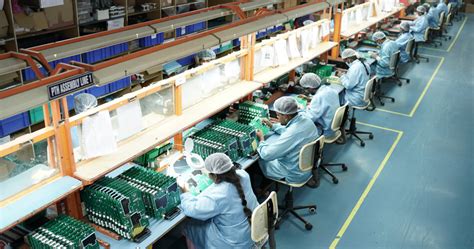
Key Innovations Transforming Circuit Board Assembly
The landscape of circuit board assembly services, often referred to as PCBA, is being reshaped by several key innovations that enhance both efficiency and quality. One major advancement is the integration of hybrid manufacturing techniques, which combine traditional and digital processes to streamline production. This not only reduces lead times but also allows for more precise soldering and component placement, leading to higher reliability in the final product. Furthermore, the adoption of advanced materials is notable; for instance, the use of flexible substrates has expanded capabilities in applications such as wearable technology and IoT devices.
Another innovation driving transformation is the implementation of real-time data analytics within the production workflow. By leveraging machine learning algorithms, companies can predict potential bottlenecks and adjust processes dynamically, ensuring increased productivity in PCB assembly lines. Additionally, advancements in pick-and-place technology allow for faster and more accurate component handling, reducing assembly errors significantly.
Moreover, collaborative robots—cobots—have become commonplace in circuit board assembly environments. These intelligent machines work alongside human operators to optimize workflow while maintaining high standards of safety and efficiency. As these technologies become more integrated, they collectively contribute to a more adaptive and resilient manufacturing ecosystem capable of meeting the challenges posed by an ever-evolving electronics market.
In summary, these key innovations not only enhance the quality and speed of PCBA but also enable manufacturers to remain competitive in a fast-paced industry where responsiveness and flexibility are paramount.
Advanced Technologies Revolutionizing PCB Manufacturing
The landscape of pcb assembly is undergoing a significant transformation, driven by advanced technologies that are reshaping the manufacturing process. Innovations such as 3D printing, Internet of Things (IoT) integration, and artificial intelligence are at the forefront of this revolution. For instance, 3D printing enables rapid prototyping, allowing designers to create more complex geometries that were previously impossible to achieve using traditional methods. Meanwhile, the incorporation of IoT devices within manufacturing systems facilitates real-time monitoring and analytics, enhancing decision-making processes and operational efficiency during pcba. Additionally, artificial intelligence is streamlining quality assurance protocols by employing machine learning algorithms that identify potential defects in assembly lines before they escalate into costly issues. Furthermore, automation technologies are minimizing human intervention, thereby reducing the risk of errors and improving production speeds. As these advancements converge, they not only elevate the quality of pcb assembly, but also empower manufacturers to respond swiftly to market demands and stay competitive in an ever-evolving electronics industry landscape. Embracing these innovative practices and integrating them into standard operating procedures is essential for companies aiming to thrive in this dynamic environment.
Efficient Processes for Enhanced Productivity in Assembly Services
In the rapidly evolving domain of pcb assembly services, optimizing processes is crucial for boosting efficiency and productivity. Modern pcba operations lean heavily on streamlined workflows that integrate sophisticated methodologies with cutting-edge technologies. By refining each step, from initial design to final inspection, companies can reduce waste and enhance output quality. The adoption of lean manufacturing principles plays a pivotal role in this transformation, allowing organizations to identify bottlenecks and eliminate unnecessary steps in the assembly process. Additionally, incorporating real-time monitoring systems enables teams to maintain a constant oversight of assembly lines, facilitating prompt interventions when issues arise. This proactive approach not only mitigates delays but also fosters an environment of continuous improvement, where feedback loops allow for swift adjustments based on performance metrics. As a result, businesses utilizing these efficient processes are better positioned to respond to the dynamic demands of the electronics market while ensuring that their pcb assembly operations remain competitive and future-ready.
The Role of Automation in Modern Circuit Board Assembly
In recent years, the role of automation in pcb assembly has transformed the landscape of pcba services, introducing significant improvements in efficiency and accuracy. Automation technologies, such as robotic arms and advanced assembly lines, have streamlined the entire process by minimizing human error and maximizing production rates. By incorporating automated inspection systems, manufacturers can ensure that every component is placed with precision, reducing the likelihood of defective products reaching the market. This shift not only enhances productivity but also lowers operational costs, allowing companies to allocate resources more effectively. Furthermore, as technology continues to advance, we can expect even more sophisticated solutions that will integrate artificial intelligence and machine learning into the assembly process. These innovations will enable real-time monitoring and adaptive manufacturing techniques, ensuring a dynamic response to fluctuations in demand. Embracing such automation not only positions businesses favorably within the electronics industry, but also fosters a competitive edge in a rapidly evolving market. As the demand for complex circuits increases, following these technological trends will be crucial for maintaining success in circuit board assembly services.
Meeting Industry Standards: Compliance and Quality Assurance
In the realm of pcb assembly services, adhering to industry standards is paramount for ensuring the reliability and performance of electronic products. Compliance with recognized standards such as IPC-A-610, which governs the acceptability of electronic assemblies, provides a framework for quality assurance throughout the pcba process. Companies engaged in circuit board assembly must implement rigorous inspection protocols and testing methodologies to guarantee that their products meet stringent quality benchmarks. This commitment not only fosters consumer trust but also enhances operational efficiency, allowing manufacturers to identify defects early in the production cycle. As advanced technologies continue to evolve, integration of automated quality control systems becomes increasingly important. These systems leverage data analytics and machine learning to predict potential failures and optimize manufacturing processes, ensuring that all assembled circuits comply with required specifications. Ultimately, focusing on compliance and quality assurance enables businesses to minimize risks and maintain a competitive edge in the dynamic electronics market while paving the way for future innovations in pcb assembly services.
Strategies for Staying Competitive in the Electronics Market
In the fast-paced world of electronics, pcb assembly and pcba services must continuously evolve to remain competitive. One critical strategy is adopting advanced technologies that enhance production efficiency while maintaining high-quality standards. Emphasizing flexibility in manufacturing processes allows companies to quickly adapt to changing market demands, enabling them to produce customized solutions for diverse applications. Additionally, investing in robust supply chain management is essential; this not only optimizes material flow but also mitigates risks associated with supplier delays and component shortages, which are increasingly common in today’s global market. Companies should also prioritize sustainable practices to attract environmentally conscious customers and adhere to evolving regulations. By fostering a culture of innovation and investment in employee training, organizations can equip their workforce with the necessary skills to leverage new technologies effectively. These strategies collectively support firms in maintaining a competitive edge while navigating the complexities of the electronics landscape, ensuring they are not just participants but leaders in the pcb assembly domain.
Future Trends: What Lies Ahead for Circuit Board Assembly Services
The landscape of pcb assembly services is rapidly evolving, driven by the need for increased efficiency and competitiveness in the electronics market. Emerging trends indicate a significant shift towards advanced technologies and innovative practices that not only enhance production speed but also improve accuracy. One of the notable trends is the integration of smart manufacturing practices, which utilize data analytics and machine learning to optimize workflows in pcba operations. This allows companies to anticipate potential challenges and adapt their processes proactively. Moreover, with an increasing focus on sustainability, many manufacturers are adopting eco-friendly materials and energy-efficient machinery in their circuit board assembly processes. The rise of Industry 4.0, characterized by interconnected devices and real-time data sharing, is also transforming how assembly services are delivered, fostering a more responsive supply chain. As these advancements continue to unfold, organizations that embrace these future trends in pcb assembly will be well-positioned to thrive in an ever-competitive environment while meeting the evolving demands of consumers.
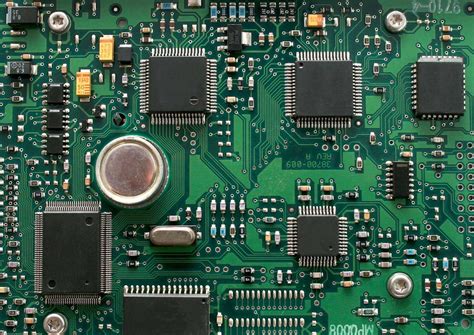
Conclusion
In summarizing the insights explored throughout the article, it becomes evident that circuit board assembly services are at a pivotal crossroads, influencing the entire electronics industry. The adoption of innovative practices and advanced technologies is essential for staying competitive in today’s fast-paced market. As we have seen, pcb assembly processes are continually evolving, allowing for enhanced productivity and efficiency. Moreover, the integration of automation plays a vital role in streamlining operations and boosting overall performance in pcba operations. With stringent industry standards dictating compliance and quality assurance, organizations must prioritize these elements to maintain their reputation in a crowded landscape. As we look ahead, it is crucial for businesses to stay attuned to emerging trends and market shifts that can impact circuit board assembly services. By doing so, they can ensure they remain future-ready, capable of navigating the complexities and challenges that lie ahead.
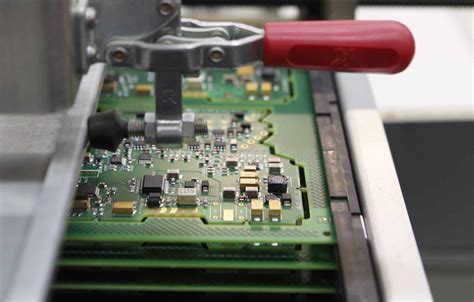
FAQs
Q: What is PCB assembly?
A: PCB assembly is the process of connecting electronic components to a printed circuit board (PCB) to create functional electronic devices.
Q: What are the steps involved in the PCB assembly process?
A: The major steps in the PCBA process include component placement, soldering, testing, and inspection. Each step is crucial for ensuring high-quality assembly.
Q: How can I ensure quality in my PCB assembly services?
A: To ensure quality, it is vital to adhere to established industry standards, implement robust testing phases, and maintain strict quality control throughout the pcba manufacturing process.
Q: What technologies are enhancing PCB assembly services?
A: Advanced technologies such as automation, robotic pick-and-place machines, and sophisticated inspection systems are significantly enhancing PCB assembly services, leading to improved efficiency and accuracy.
Q: Why should I consider outsourcing my PCB assembly?
A: Outsourcing pcb assembly can reduce costs and lead times while providing access to specialized expertise and advanced manufacturing technologies that may not be available in-house.
Q: What trends should I watch for in circuit board assembly?
A: Key trends include the increasing use of automation, a focus on environmentally friendly processes, and developments in smart manufacturing that leverage IoT technologies for real-time data monitoring.

